#peltigera rufescens
Photo
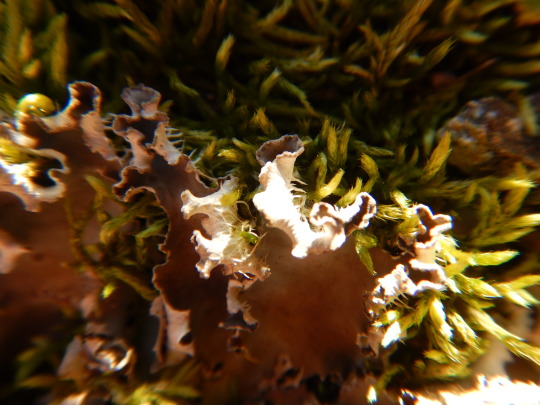

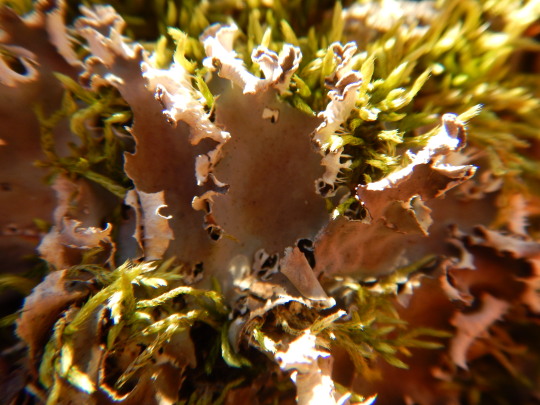
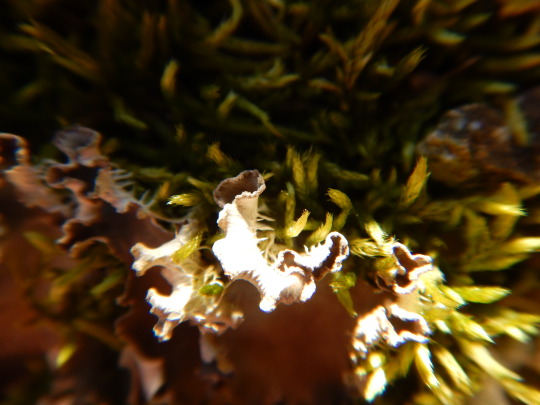

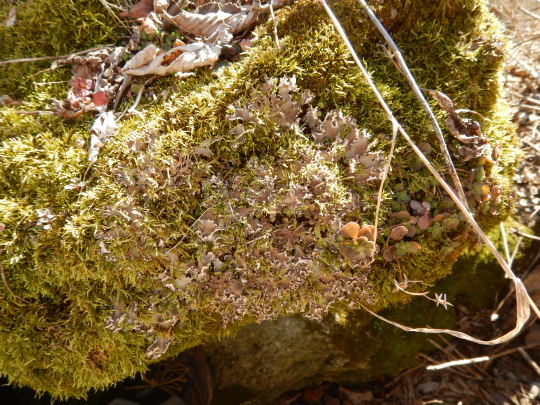
What I can only assume is a field pelt lichen.
Peltigera rufescens,
In a sense Peltigra spp. in Ohio and Kentucky or hunting pelts are a spreading and semi creeping species of Lichen( moving about by growth and death but not truly motile), they aren’t an amoeboid myxomycete that is capable of chemically hunting and rolling over food after moving by cytoplasmic streaming and elongating, and by any means nor are they hyphomycetes affiliated or motile psuedofungus brown algae like Phytopthera spp. They are simply normal lichenized ascomycetes with food that is alive and can be readily depleted so it has to grow outward with it’s thallus in order to compensate a lack of food in one area. In many cases Pelt lichens can have multiple photobionts like Nostoc spp.( Nitrogen fixer and photosynthetically active) and Coccomyxa spp. ( green algae that is also photosynthetically active), which is the case for Peltigera aphthosa( not native to Ohio to my knowledge) and P. leucophlebia (ohio native), both leafy green freckled pelts.
I don’t know to much about this one photographed above in BBC on seasonally dry karst conglomerate over some carpet moss; but, I know that while this species is common, it is special among the pelts for a different reason. Unlike all of the other pelt lichens where rhizines( hold fasts that mature into food absorption organs(blacken usually when this occurs)) are critical to id when fruiting is not occurring on the thallus, this species is easy to id due to habitat. Almost all of the Ohio and Kentucky Pelts occur in humid or frequently wet habitats, this species is extremely tolerant of drying out and is often found in dry habitats or exposed habitats.
24 notes
·
View notes
Photo



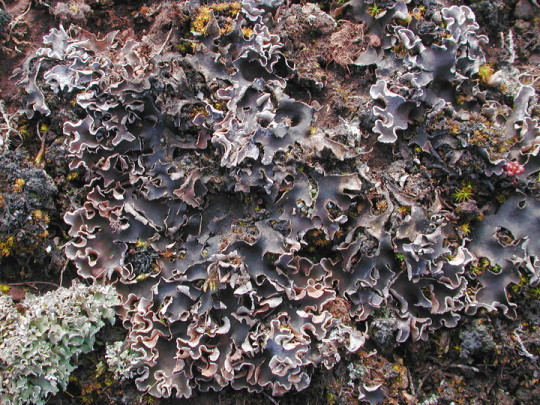

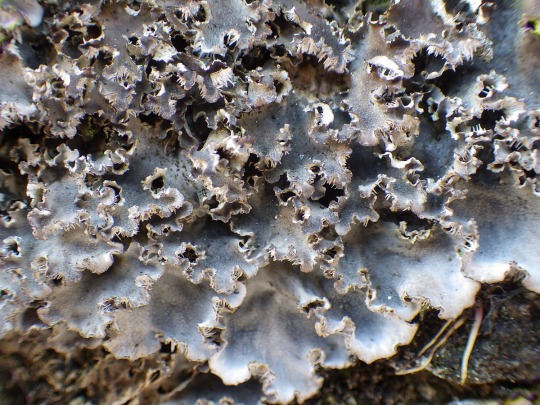
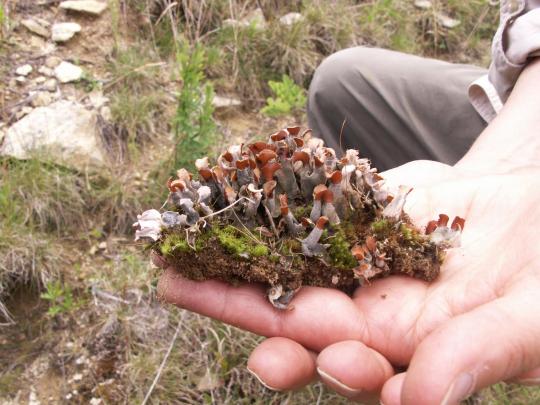

Peltigera rufescens
Field dog lichen
images: source��| source | source
#lichen#lichens#lichenology#lichenologists#lichenologist#lichenized fungus#fungus#fungi#mycology#biology#botany#bryology#not plants#systematics#taxonomy#biodiversity#symbiosis#Pelitgera#Peltigera rufescens#pelt lichen#dog lichen#life science#environmental science#natural science#nature#naturalist#go outside#take a hike#look for lichens#I love lichens
38 notes
·
View notes